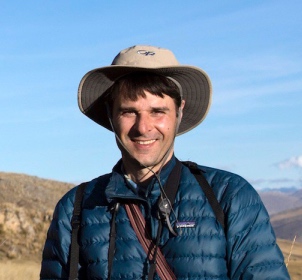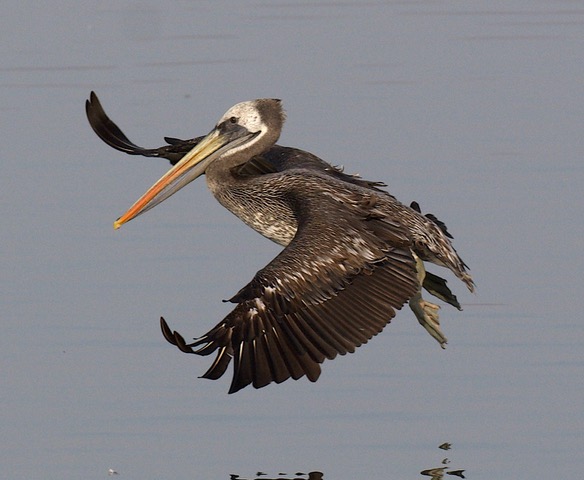Groundbreaking Research Unveils Insights into Avian Evolution
Despite decades of study, the relationships among major avian lineages have remained a subject of debate. However, in a study published in Nature, an international team leading the Bird 10,000 Genomes Project (B10K) analyzed the genomes of 363 species to produce a new tree of life for birds. In addition to further resolve the evolutionary relationships among bird groups their findings confirm that a rapid evolutionary radiation of birds occurred around the Cretaceous-Paleogene boundary, when dinosaurs and ancient birds went extinct, an idea the has been recently challenged.

The research uncovered compelling evidence suggesting this extinction event played a crucial role in avian evolution. This insight was possible thanks to the increased accuracy provided by the combination of using complete genomes together with new strategies for calibrating “molecular clocks,” which are algorithms that translate the information from the fossil record into estimates of the age of ancestors in the tree of life. Santiago Claramunt, Assistant Professor in the Department of Ecology & Evolutionary Biology at the University of Toronto, was part of a team of ornithologists and paleontologist in charge of the calibration of the molecular clocks based on the fossil record, a task that benefited from the use of new algorithms developed by him.
The new study also revealed sharp increases in effective population size, substitution rates, and relative brain size following the extinction event, support the hypothesis that emerging ecological opportunities fueled the rapid diversification of modern birds.

The study was led by Josefin Stiller, from the University of Copenhagen, Siavash Mirarab, from the University of California, San Diego, and Guojie Zhang from Zhejiang University and the Villum Center for Biodiversity Genomics at the University of Copenhagen.
